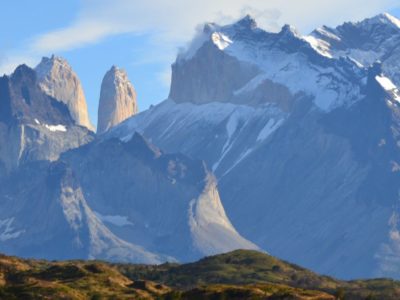
Patagonia
For brides and grooms with a yen for a “Yolo Moon” or who want to tick their adventure honeymoon bucket…

When you’re trying to make your lifestyle more eco-friendly and green, you want your honeymoon to be eco-friendly as well. What should you look for in an eco-friendly sustainable honeymoon destination? It could be a number of things – eco-friendly accommodations, nature tours with a focus on preserving biodiversity, volunteering for conservation efforts, and personal wellness and healing.
As people become aware of the need for sustainable tourism that does not harm the surrounding natural environment, many resorts and lodgings are taking their own steps to minimize their footprint. These steps can include incorporating elements of environmentally-friendly LEED design, the use of alternative sources of energy like solar and wind power, composting, and water harvesting.
Coastal environments are especially vulnerable, and it’s fitting that the tourism industry in places like Costa Rica, Belize, the Maldives and French Polynesia have made efforts in moving towards carbon neutrality. Accommodations are designed to be in harmony with their natural surroundings, using local and sustainable materials. Reduced to zero single-use plastics, solar energy and water harvesting are some measures taken to avoid burdening the environment.
Some destinations like the Maya Ka’an, the Galápagos Islands and Patagonia are located in unique biospheres that are the focus of conservation efforts by the local and international community. Tourism helps to fund these efforts, but visitors should be aware of the need to minimize their impact on the environment as they travel. Hiking, bikes, paddle boarding and kayaking are low-impact ways to get around and explore.
As the well being of the environment and the people who live in it are closely linked, sustainable honeymoon destinations also offer wellness activities like meditation, spa treatments, and healing and wellness ceremonies based on local customs.
A sustainable honeymoon also gives you a chance to get close to nature with visits to nature preserves and wildlife parks. You can also volunteer with conservation and rehabilitation efforts for wild birds in Costa Rica and sea turtles in the Mexican Caribbean.